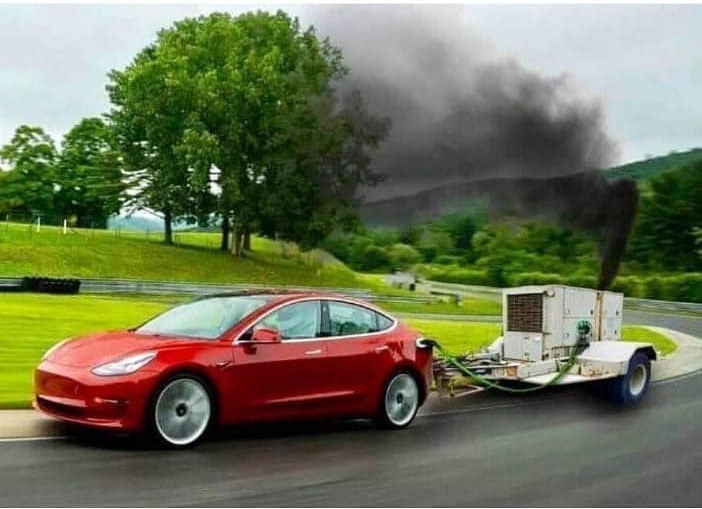comanchepilot
Member
@TIppy - I routinely see about those wh/mi myself. In my wife's old Blue 75D S - I'd generally average 263-270wh on the way from our house to LAX - which is 2000MSL to 100' MSL and 313-330 on the way back at 70-75 without traffic. That is for about 55 miles of actual driving - which equates to about 290-300wh/mi which is right in your ball park there.
I always got ALOT better mileage than my wife because my driving was much more anticipatory - so I could use regen much more efficiently - she is ALWAYS in the 350-360 range - because she uses the actual brake much much more often than I do. When we drive to our house in Tucson from near Ontario Calif I only have to stop once - and she ALWAYS has to stop twice in the 2020 Long Range plus - and we're usually at the same speed.
I always got ALOT better mileage than my wife because my driving was much more anticipatory - so I could use regen much more efficiently - she is ALWAYS in the 350-360 range - because she uses the actual brake much much more often than I do. When we drive to our house in Tucson from near Ontario Calif I only have to stop once - and she ALWAYS has to stop twice in the 2020 Long Range plus - and we're usually at the same speed.



